Edging towards a green tomorrow
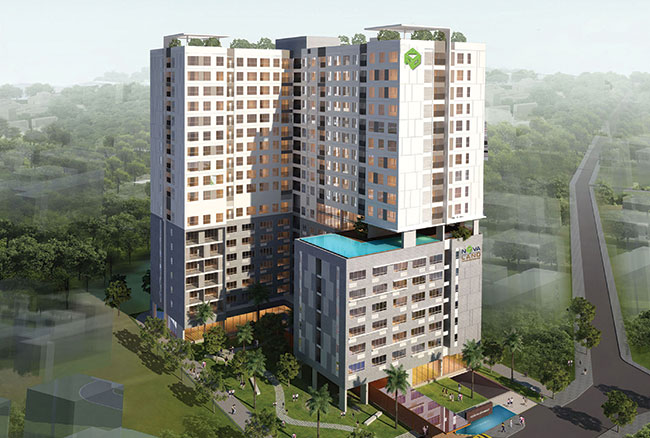
Green buildings should no longer be seen as an optional luxury, but as a necessity Photo: Le Toan
The online resource-efficient building design tool set – Excellence in Design for Greater Efficiencies (EDGE) – initiated by the International Finance Corporation (IFC), a member of World Bank Group, has allowed diverse customers, from property developers and hospital managers, to housing owners, to effectively devise their building models through material replacement plans.
The EDGE tool shows the level of cost-saving and greenhouse-gas emission reduction which can be reached through using efficient equipment systems as well as environmentally-friendly building materials. The programme helps empower both the developers and the tenants by cutting down monthly utility costs, while also lowering climate change impacts.
According to Prashant Kapoor, principal green building specialist at IFC, the EDGE system has the capacity to supply newly-emerging markets with green building development options in a simplified and fast fashion.
“For instance, for building a top-end commercial building in Jakarta, the designer may choose to reduce the structure’s glass surface area and use the software to see how much can they save. They can also look into the option of using structures to shade the windows from sunlight, thus helping to lower energy use,” Kapoor noted. According to Kapoor, EDGE can bring about greater advantages such as boosting the efficiency of the building’s air-conditioning system or quality glass material usage, and “each scenario will show energy use reduction as well as the additional cost level”.
In fact, by using a waste-water treatment system, a rain water collection system, and efficient lighting and conditioning systems, the FPT Danang Office complex in the central city of Danang saves 20.9 per cent on energy costs, 31.8 per cent in water usage, and made savings of 20.2 per cent in terms of energy used for building materials against other conventional buildings in Danang.
“Our goal is to perfect the processes relating to resource-efficient housing and commercial buildings, through strengthened co-operation among governments, green building councils, financial organisations, investors, and house owners. EDGE has been deployed in South Africa, Costa Rica, and is quickly gathering pace in other major markets like Vietnam, which is undergoing rapid urbanisation,”
said Kapoor.
Changing the mindset
When developers opt for non-conventional materials and designs, the EDGE tool can produce a raft of scenarios referring to monthly energy consumption, reduced greenhouse gas emission volumes, and utility costs, as well as showing the payback time for ‘green’ investments into their project. The EDGE resource-efficient building certification system seeks to alter the casual attitude towards green buildings and their values. This system aims to show green buildings as a practical and necessary measure, not as a luxury.
“As EDGE offers the most cost-efficient ways of integrating green features into building design, we believe it will be effective for a wide range of properties, including office, residential, and commercial buildings in Vietnam,” said Steven Du, managing director at SGS Vietnam.
SGS Vietnam, a subsidiary of SGS S.A., a leading inspection, testing, and certification company headquartered in Switzerland, will serve as a third-party certifier of EDGE in Vietnam.
Buildings that can save up to 20 per cent of energy and water usage, as well as energy used for building materials against conventional buildings, will be recommended for EDGE certification. Voluntary certification is a way for investors and developers to show the benefits of green buildings both to users and other investors.
The International Energy Association (IEA) estimates that buildings make up one third of global energy consumption, and by 2050 the demand for energy may reach critical levels unless efficient solutions are put in place.
As Vietnam is witnessing one of the fastest urbanisation rates in the region, green buildings are providing developers with fresh opportunities, bringing them, as well as the community, huge economic and environmental benefits.
What the stars mean:
★ Poor ★ ★ Promising ★★★ Good ★★★★ Very good ★★★★★ Exceptional
Latest News
More News
- Going green to save a bundle (June 08, 2015 | 10:00)
- Green buildings: the rising trend (June 02, 2015 | 09:41)
- Green buildings – key to sustainable urban development in Vietnam (May 18, 2015 | 17:00)
- Feed-in tariffs continue to haunt green energy prospects (December 15, 2014 | 10:47)
- Building material types intrinsic to green ratings (December 09, 2014 | 11:56)
- Turning an eco- smart dream into reality (December 09, 2014 | 11:55)
- Green products enjoy a growing presence at Vietbuild Hanoi 2014 (December 01, 2014 | 10:06)
- Country profits from green building (November 24, 2014 | 11:02)
- Firms flout enviroment laws (November 17, 2014 | 10:48)
- Energy efficient sticks and carrots (November 10, 2014 | 15:30)

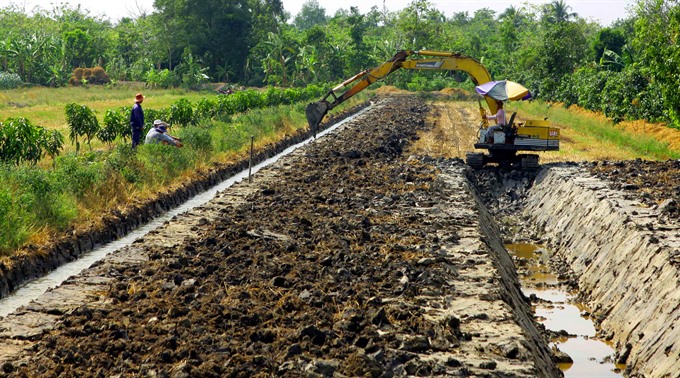
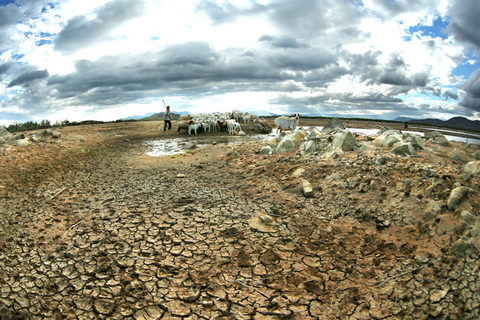

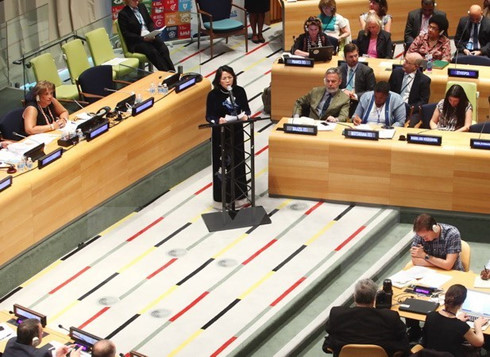
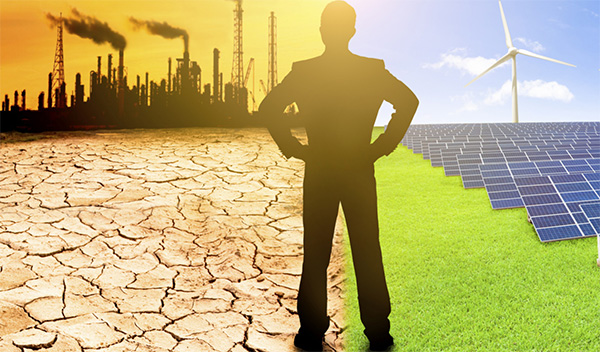
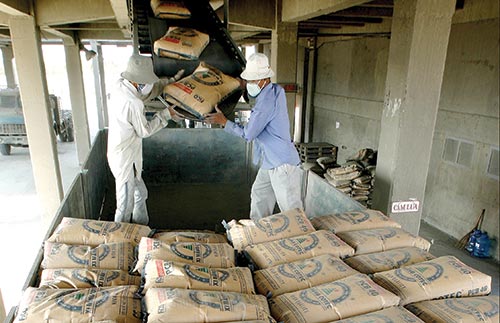



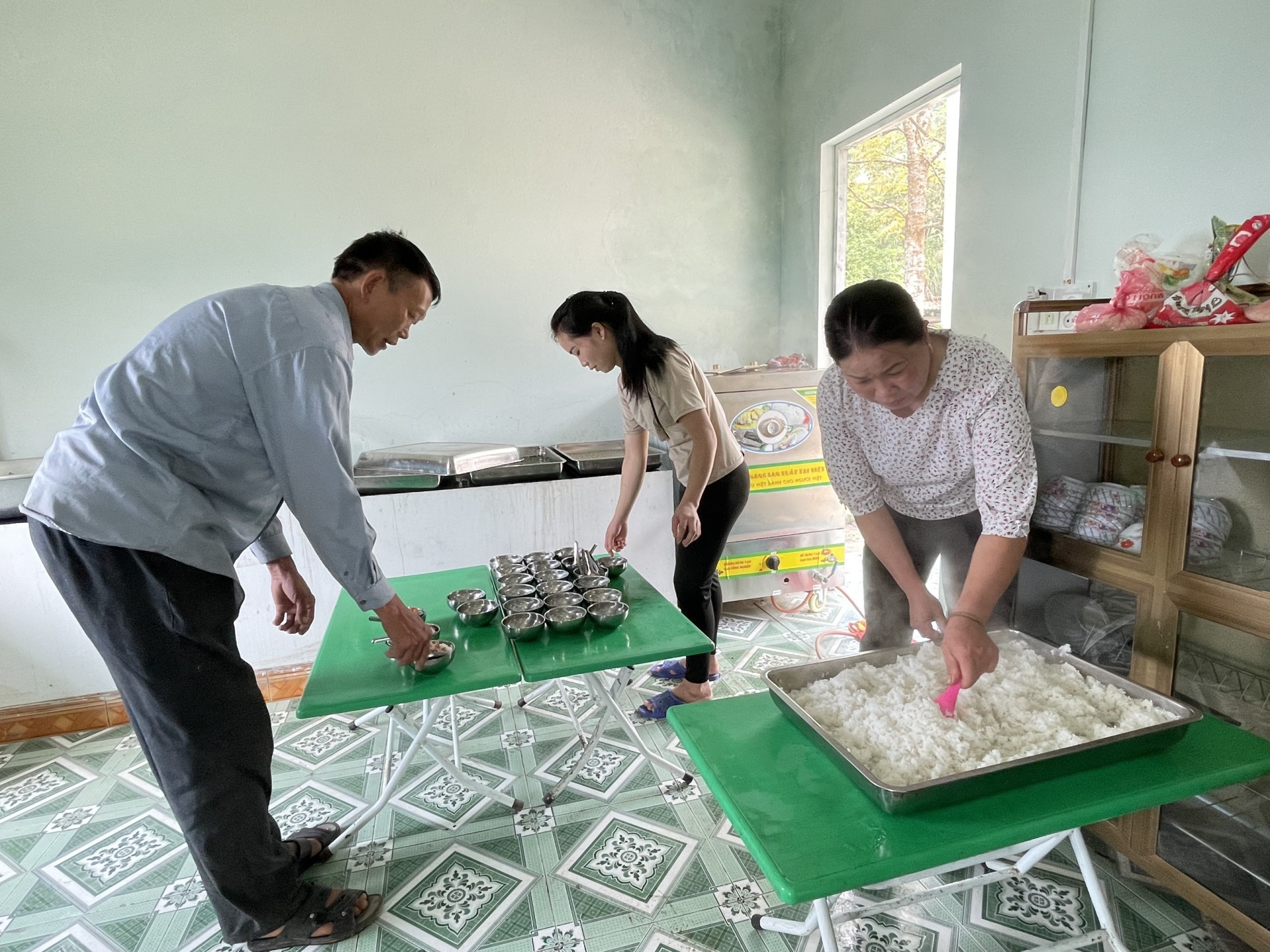
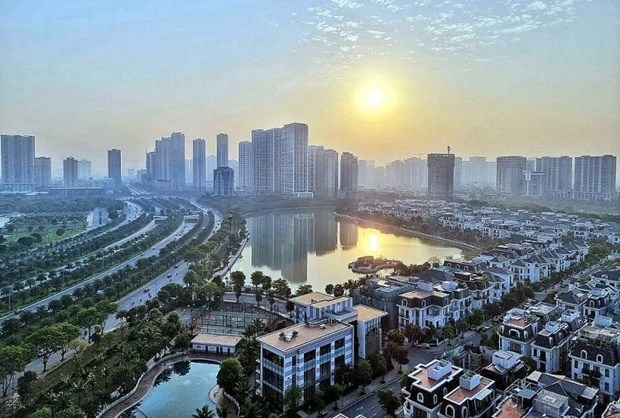
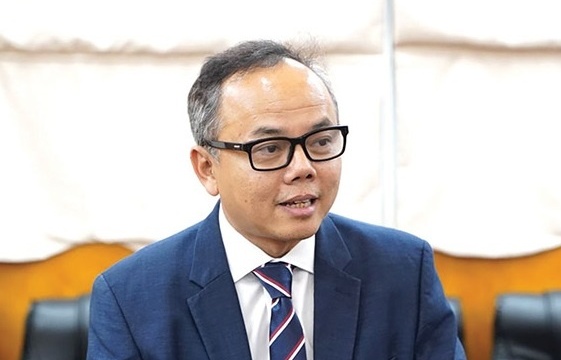



 Mobile Version
Mobile Version